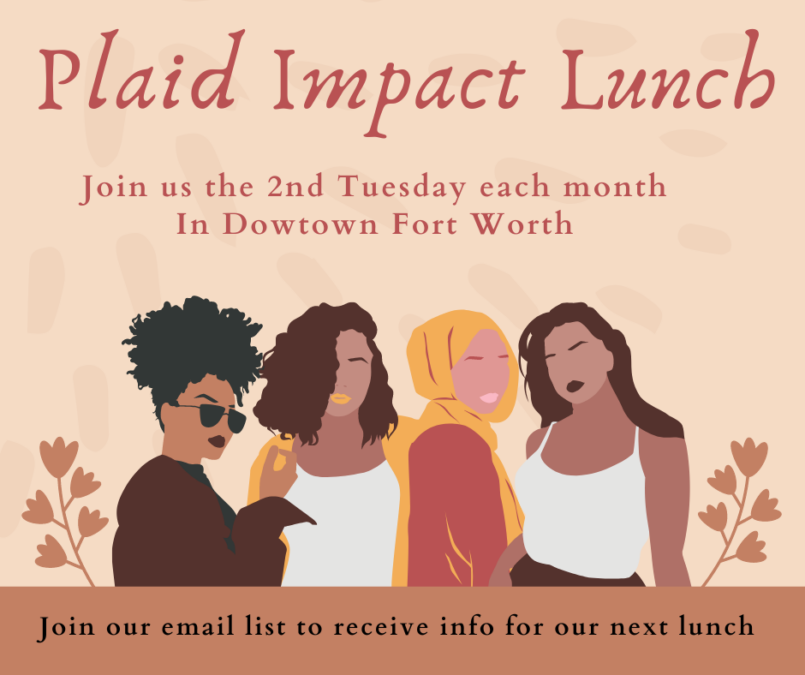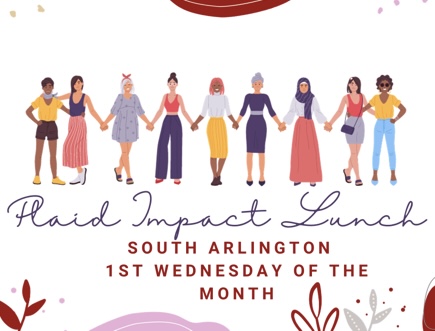The little girl, Lucy, in one episode of the epic allegory Chronicles of Narnia (C.S. Lewis) asked the question, “Is he safe?” She was referring to the great lion, Aslan, who was the God figure in the story. An intriguing answer was given: “No, he is not safe, but he is good!”
Unsafe and Good
How do we wrap our minds around this thought, that something (someone, some concept) can be at the same time both unsafe and good? Notice, not “either/or” but “both/and”. What possible definition of “safety” or “goodness” could rationally support the truth of this statement? My musings on these questions occupied a space in my head for a number of years, and finally resulted in a thought that will help us face the disturbing safety concerns of our current economy. Could our mighty lion be, like Aslan, unsafe and good? Let’s take a look!
Systems
The global economy is comprised of systems, developed by people to manage wealth and resources. One of my current mentors teaches that although systems are designed to serve the common good, they will eventually always force the people to serve the systems. As I observe the behaviors of familiar systems, I am moved to agree with his theory. Certainly, the political systems, the school systems, the religious systems, the medical care systems, the media, etc. provide some good. But self-preservation can easily become the highest priority in all these systems. Politicians must focus on getting re-elected in order to survive. Ratings and funding for school systems, media systems and religious systems can trump concerns for the people they serve.
The solution is to stop building systems that restrict and control people and begin creating realms or “domains” that will truly serve the people. In my financial literacy trainings, we refer to these as legacies—estates that benefit the people of the present generation and the generations yet to come.
Building Legacies
The obvious wisdom of this concept comes, of course, with an equally obvious dilemma. Our legacies must be created within the systems, or at least collaboratively with the systems in place in our societies. Financial success comes from a collective, shared experience, operating within monetary systems. The big lions are unavoidably unsafe but contain intrinsic elements of good. Legacy builders learn to face the unsafe with quiet persistence and embrace the good with gusto, pushing through challenges. Going back to the story of Narnia, picture the scene of the children, mounted on the back of mighty Aslan and being carried victoriously across the land. How do we get there?
Define Safety
First, we face the “unsafe” by coming to terms with our own, personal, flawed definition of “safety”. We weed out all the myths and lies we have believed over the years and replace them with powerful and useful truths. For some, feeling safe in financial matters only happens when things are comfortable, convenient, familiar, proven or guaranteed. Disruption in any of these areas feels unsafe, resulting in paralysis (inaction) or a frantic retreat into old, familiar patterns, even if they are failing.
Understand Change
The disruptor of these old patterns is change, and that change today is driven by technology in every aspect of our lives, including finances. Some change seems to spring on us without warning, throwing us off track. But in all honesty, most change has been brewing for an extended period of time, prior to manifesting above the water line. Facing the unsafe requires us to anticipate and understand change.
Risks
We must not seek the comfortable, convenient, familiar, proven or guaranteed as a basis for safety, and begin defining safety in terms of potential for sustainable profit. Legacy creators learn to mitigate the risks. The skill of calculated risk taking is honed. They harness apprehensions and use them as a catalyst to propel them forward. They know how to maximize the potential, bounce back from setbacks and keep riding. Tough times are not bad times. But they are times of opportunity for those who are bold, and those who are ready.
Embrace the Good
Now, let’s look at embracing the good by considering a few truths about change. Change is always about stretching—reaching higher, wider, deeper to find good. Granted there are times when the baby seems to be thrown out with the bath water, but finding the greater good is the ultimate driver of change and eventually it hits the illusive bullseye. Once released, change is like the arrow shot into the air; it can never be reversed. The technology that drives change cannot be stopped.
Big change always involves wealth transfer. One is happening now, right before our eyes. It is not the first and it won’t be the last, but it is the opportunity providing potential for the present. Wealth is like matter; it is never destroyed. A solid becomes liquid and a liquid becomes a gas, but H2O is still basically, water. It does not ever evaporate from the earth. Likewise, wealth is never lost. Its form will change from one platform to another, and its flow will shift from one wallet to another.
An investor asked her financial advisor, “Is all my money lost?” The financial advisor replied, “No. It’s not lost at all. It’s just taken up residency in someone else’s account!”
Get Into the Flow
The goal of every person is to open wallets and get into the currency flow. Then we will create a river that will move along steadily downstream to future generations.
Is it safe? No. Not if our definition of safety is weak and unrealistic. But it is good. The challenge for everyone is to face our own mistaken definitions of “safe” and embrace all that is potentially good in our emerging and ever-changing economic times.
Questions? Connect with Gail here.













